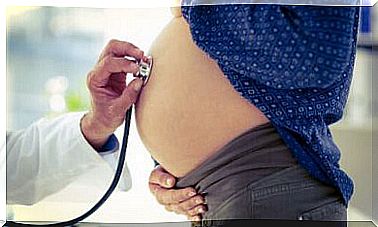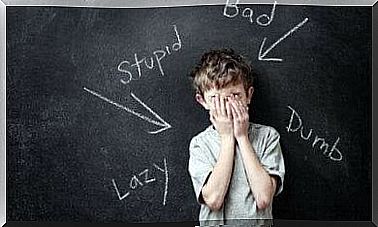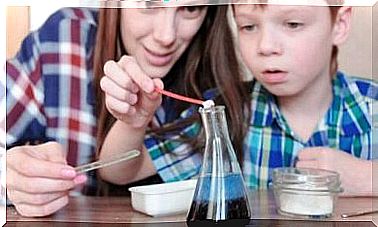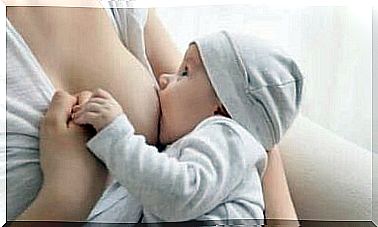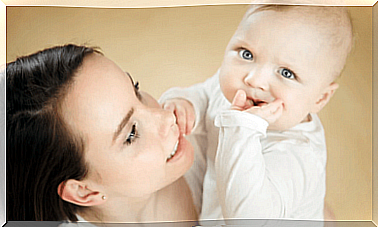Withdrawal Syndrome In Babies – Being Parents
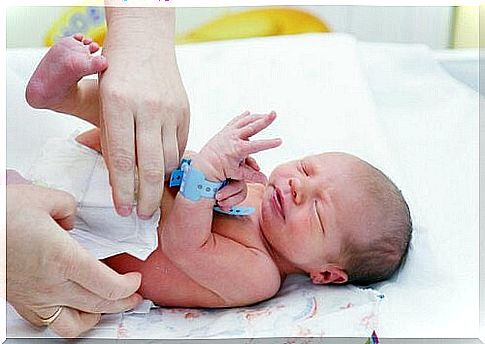
Withdrawal syndrome in babies occurs when the mother uses drugs during pregnancy. The latter cause a strong dependence whether prescribed or illegal.
This can cause a lot of damage to the health of the baby. In the rest of this article, we will introduce you to the main effects and their treatments.
Causes and symptoms of withdrawal in babies
Drugs such as amphetamines, barbiturates, cocaine, diazepam, marijuana or even opiates (heroin, methadone, codeine) have serious consequences for the mother and the unborn child.
Indeed, the same can happen with prescription drugs, if the mother abuses them, or with alcohol and tobacco.
Withdrawal syndrome in babies also called neonatal withdrawal syndrome (NSS) is when the drugs reach the placenta and therefore the baby. This creates dependency for both.
When, at birth, the baby stops receiving its “drug” it can present symptoms of withdrawal due to the hyperstimulation of the nervous system produced by this same withdrawal.
Withdrawal syndrome in babies can last from a week to 6 months. It can cause psychological, psychosocial and clinical alterations. The symptoms that occur are usually the following:
- congenital anomaly
- low weight
- irritability, excessive crying and trouble sleeping
- digestive problems (diarrhea, vomiting, feeding difficulties or slow weight gain)
- rapid breathing, sweating, or seizures
- premature birth
- low head circumference
- sudden infant death syndrome (in the most extreme cases)
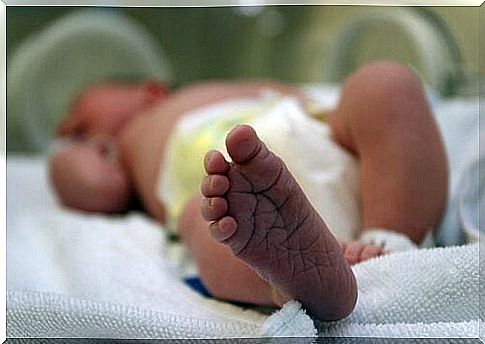
The diagnosis
The severity of these symptoms, of course, depends on the type of drug the pregnant woman took, how much and for how long she took the drug. Indeed, it depends, of course, on the period over which the baby was affected by this consumption.
To detect withdrawal symptoms in babies, a mother who meets the above criteria should consult. Logically, it is important that she is completely honest during the consultation to deal with the problem.
In addition, one may decide to perform urine tests on the mother. Symptoms can also be assessed using the Finnegan scale (a scoring system used for neonatal withdrawal syndrome that gives points based on the severity of the patient’s addictions to tailor her treatment).
A toxicological examination of the baby’s urine and first stools may also be used.
The treatment
Another point in common with the diagnosis. Treatment will depend to a large extent on the type and amount of substances the mother has taken and to which the baby has been exposed.
During the first week, doctors will monitor the baby’s condition. They will analyze his sleep, his diet and his body. This in order to check that it is working effectively and to observe possible withdrawal symptoms.
They will also observe his weight gain and growth. Finally they will also sift its muscle density.
The easiest ways to calm a craving baby are to provide a calm atmosphere, rock them gently, and whisper into their ears.
Second, doctors can prescribe a drug similar to that taken by the mother during pregnancy. Then, they will gradually reduce the quantities until they return to a zero dose. This solution is not necessary in 50% of cases of babies with this disorder.
When symptoms are severe, doctors prescribe drugs such as phenobarbital or clonidine. They institute a more complete and progressive treatment.
When it comes to food, a very delicate subject at this age, the baby is given higher calorie foods to compensate for the nutrient deficit.

Some alarming figures on withdrawal syndrome in babies
66% of babies of women who have used drugs, alcohol or tobacco during much of their pregnancy or in the last trimester show symptoms of withdrawal syndrome in babies.
In addition, studies such as those carried out by specialists from the Faculty of Nursing, Phytotherapy and Podiatry of Seville in Spain, confirm that a worrying increase in drug addiction has been observed in today’s society.
It was performed without excluding pregnant women from the study. However, there is a prevalence of over 3% among pregnant women who use illegal drugs.
In the UK, an estimated 5-10% of births are to women who have used drugs. Similarly, in Canada, drug abuse during pregnancy increased from 8.4% to 17.2% through 2010. In the United States, the figures are also alarming. The percentage was over 7.4% among 25-year-old women until 2010.
Prevention
Although it seems obvious to point out, withdrawal syndrome in babies only ends when the mother stops using the drug.
Indeed, it is essential to conduct an effective awareness campaign so that women (especially pregnant women) know the damage that this habit can cause to their fertility and to the organism of their unborn baby.
